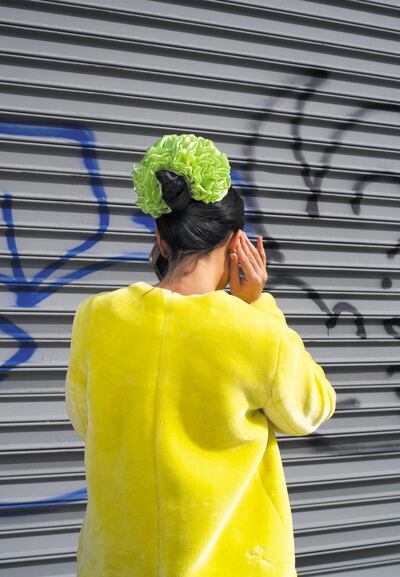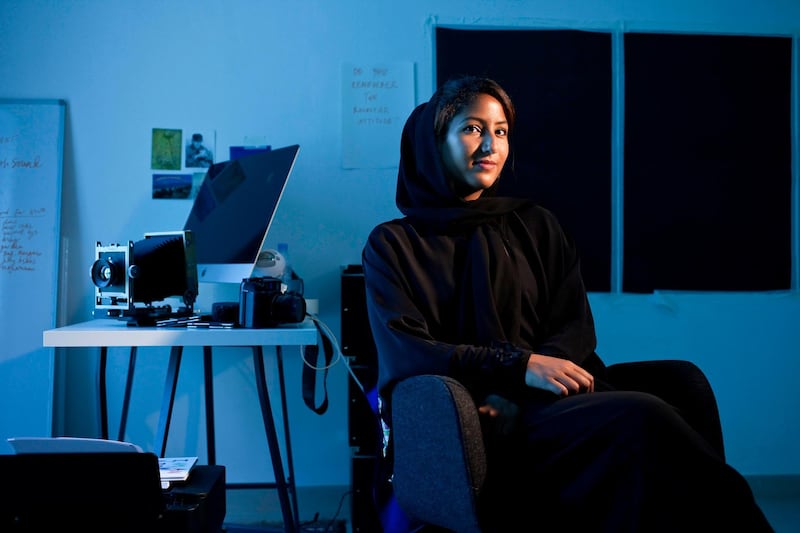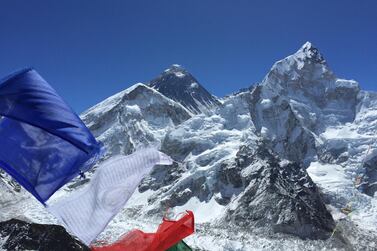Emirati artist Farah Al Qasimi has been shortlisted for the Louis Roederer Discovery Award 2021.
Al Qasimi, who lives and works in New York, will join 10 shortlisted candidates in exhibiting work at the opening week of the upcoming Rencontres d’Arles, an annual photography festival held in France.
The Discovery Award is part of the festival’s programme and is given to artists who focus on photography. The opening week for Rencontres d’Arles is scheduled for July.
Al Qasimi, who is represented by Dubai’s The Third Line and New York’s Helena Anrather, is known for her unique and vivid images of the Gulf, capturing everyday details that we otherwise might miss. Her recent photographic projects have also investigated jinn folklore in the UAE in quirky and memorable ways.
In early 2020, the Dubai-born artist transformed 100 pubic bus shelters in New York City into art installations, covering them in 17 images of individuals from immigrant communities in Queens and Brooklyn. The project was part of the Public Art Fund.

The exhibition for the award at Rencontres d’Arles this year is curated by Sonia Voss. The selected projects for the 2021 event are tied by their “desire to question and rethink techniques and genres”, along with their “keen interest in the body and its place in the world,” said Voss in a statement.
“These artists take photographs, make videos, create installations, explore archives and experiment with digital tools. They tell stories—personal, collective or intergenerational, real or fictionalised; turn the medium’s processes, canons and gestures upside-down; and develop them in physical or virtual space," she continued.
"Some express their commitment and perspectives on their environment in abstraction or novel forms, others through narratives that comment on a humanity both tense and mobile."







